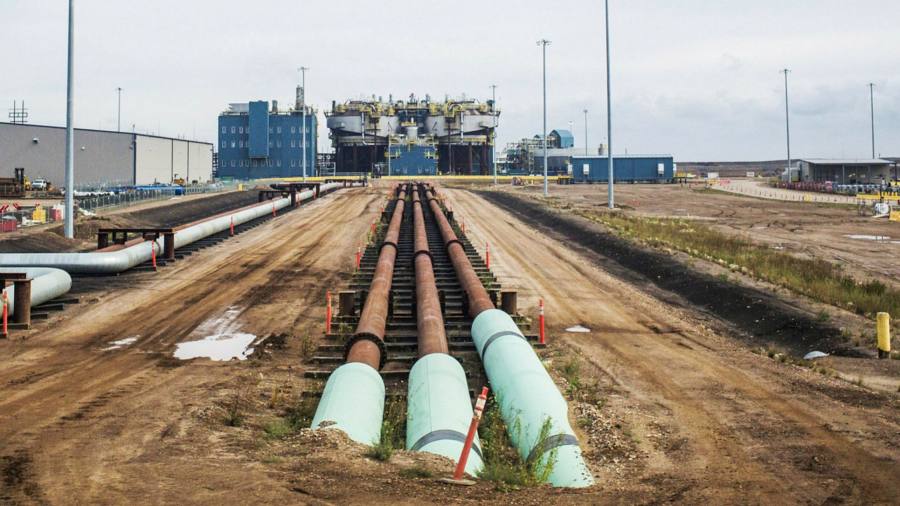Canada’s prime minister planned to cut emissions by as much as 45 per cent from their 2005 levels, by the year 2030.
Over the past two decades, tens of billions of dollars have been invested in the country’s oil sands — a vast deposit of extra-heavy crude in Alberta.
And the government’s pledge to slash emissions does not appear to be a barrier to decades of further oil growth.
Under pressure from both investors and the government, the oil industry recognises that cutting emissions is critical to its future.
Extracting crude from Alberta’s oil sands is highly energy-intensive.
Andrew Leach, an associate professor at the University of Alberta, says the industry has made progress on emissions, but those improvements have come from the most carbon-intensive projects — and the industry as a whole remains a laggard.
That followed an exodus in 2017 that saw Royal Dutch Shell, ConocoPhillips and Norway’s Equinor sell off their oil sands assets.
These include completing the expansion of Enbridge’s Line 3 into the US and the Transmountain Express line to Canada’s west coast, which officials say will add a total of nearly 1m b/d of capacity by the end of 2022.
Meanwhile, the Trudeau government is looking to hydrogen as a long-term path to wean itself off oil.
